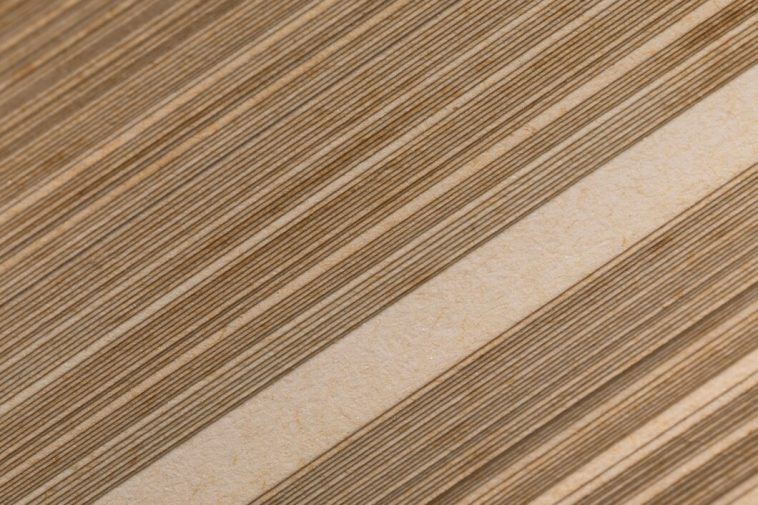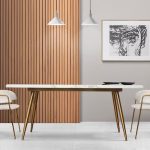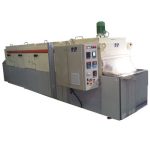Marine plywood, with its reputation for durability and moisture resistance, has long been a preferred choice for various construction and woodworking projects. However, like any popular material, marine plywood is not immune to myths and misconceptions that can cloud its true attributes.
In this comprehensive exploration, we will debunk some of the most common misconceptions surrounding marine plywood, allowing you to make informed decisions and unlock the true potential of this versatile material.
Misconception 1: Marine Plywood is Completely Waterproof
One of the prevailing misconceptions about marine plywood is that it is impervious to water and can be fully submerged without any consequences. While marine plywood does exhibit remarkable resistance to moisture compared to regular plywood, it is not entirely waterproof. The key distinction lies in marine plywood’s utilization of waterproof adhesive, which enhances its ability to withstand damp conditions and resist delamination. However, prolonged exposure to standing water or continuous immersion can still lead to degradation over time.
It’s important to recognize that marine plywood’s resistance to moisture is a valuable attribute, making it suitable for projects that involve humidity, dampness, or occasional exposure to water. It excels in environments where other types of plywood might succumb to warping or rotting.
Nevertheless, understanding marine plywood’s limitations in terms of extended water contact can help you make the right choice for your project, whether it’s boat building or outdoor furniture.
Misconception 2: All Marine Plywood is of High Quality
Another common misconception is that all marine plywood is of superior quality, regardless of its source or manufacturer. While marine plywood does adhere to certain standards that contribute to its durability and moisture resistance, not all marine plywood is created equal.
The quality of marine plywood can vary based on factors such as the type of wood used, the manufacturing process, and the adhesive used for bonding.
It’s crucial to source marine plywood from reputable suppliers and manufacturers known for adhering to industry standards. Opting for marine plywood that meets established regulations ensures that you’re getting a product that lives up to its promised attributes. Thoroughly researching and selecting marine plywood from trusted sources can help you avoid potential disappointments and ensure that your project benefits from the true advantages of this material.
Misconception 3: Marine Plywood is Unaffordable
A prevailing misconception that often deters individuals from considering marine plywood is the assumption that its superior quality comes at an exorbitant price. While it’s true that marine plywood generally tends to be more expensive than regular plywood, it’s essential to consider the broader context.
The higher cost of marine plywood is a reflection of its enhanced durability, moisture resistance, and overall performance, making it a justifiable investment for specific projects.
When evaluating the cost of marine plywood, it’s important to weigh it against the benefits it offers. Consider the longevity and resilience that marine plywood brings to your project, especially if it involves exposure to moisture or challenging environmental conditions. By factoring in these long-term advantages, the initial higher cost of marine plywood may prove to be a cost-effective choice over the lifespan of your project.
Misconception 4: Marine Plywood Requires No Maintenance
A misconception that can lead to disappointment down the line is the belief that marine plywood requires no maintenance due to its moisture resistance. While marine plywood is indeed more resistant to moisture-related issues like warping and rotting, it still requires proper care and maintenance to ensure its longevity and performance. Neglecting maintenance can undermine the very benefits that marine plywood brings to your project.
Regular maintenance practices, such as sealing the edges and surfaces of marine plywood with appropriate sealants or coatings, contribute to its extended lifespan. Applying protective finishes helps safeguard the plywood against potential moisture penetration and UV damage.
Whether it’s a marine vessel, an outdoor deck, or furniture, incorporating a maintenance routine tailored to the specific application of marine plywood can ensure that it remains in optimal condition and continues to deliver its intended performance.
Misconception 5: Marine Plywood is Only for Marine Applications
A common misconception that overlooks the versatility of marine plywood is the belief that it is exclusively meant for marine applications. While marine plywood’s exceptional moisture resistance certainly makes it an excellent choice for boat building and marine-related projects, its attributes extend far beyond the water’s edge. Marine plywood’s durability and resistance to decay make it suitable for a wide range of applications, both indoors and outdoors.
From outdoor furniture and decks to cabinets, flooring, and even artistic installations, marine plywood finds its place in various projects where moisture resistance and longevity are desired. Its ability to withstand humid environments and resist deterioration enhances its suitability for applications that require durability without sacrificing aesthetics.
Recognizing the adaptability of marine plywood allows you to explore its potential across different projects, making the most of its unique attributes.
Misconception 6: Marine Plywood is Difficult to Work With
A prevailing misconception that can dissuade some from considering marine plywood is the belief that its enhanced durability and moisture resistance make it challenging to work with. While marine plywood does possess unique characteristics, it is by no means an unwieldy material. With proper tools, techniques, and a bit of understanding, working with marine plywood can be a gratifying experience.
Marine plywood can be cut, shaped, and joined using standard woodworking tools and methods. It’s important to adjust your techniques to accommodate the material’s denser composition and waterproof adhesive. Pre-drilling holes and using appropriate fasteners can help prevent splitting and ensure secure connections.
By acquainting yourself with marine plywood’s properties and embracing some best practices, you can navigate the woodworking process with confidence and achieve the desired results.
Conclusion
In conclusion, debunking these common misconceptions about marine ply is essential to making informed decisions when selecting materials for your projects. While marine plywood does offer exceptional durability, moisture resistance, and versatility, it’s important to understand its limitations and characteristics accurately.
By recognizing that marine plywood is not completely waterproof, that its quality can vary, and that it requires maintenance, you can harness its true potential and optimize its performance in various applications.





